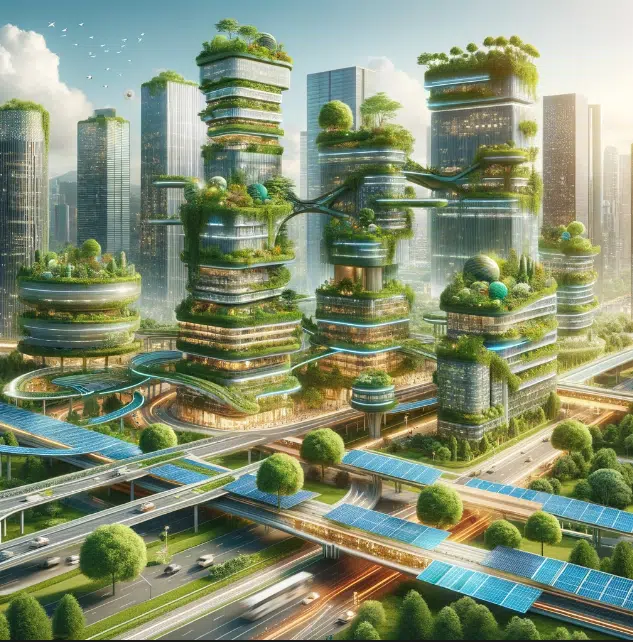In recent years, the concept of green building has gained significant traction in the field of civil engineering and architecture. The integration of eco-friendly technologies in construction practices has paved the way for a revolution in the industry, marking a pivotal shift towards sustainable and environmentally conscious building designs. This article aims to delve into the realm of green building revolution, offering insights into the core principles of eco-friendly technologies and their integration in modern construction practices.
One of the key driving forces behind the green building revolution is the pressing need to mitigate the environmental impact of construction activities. Traditional building methods often contribute significantly to environmental degradation through excessive energy consumption, carbon emissions, and resource depletion. In response to this challenge, civil engineering enthusiasts and professionals have embraced a paradigm shift towards green building technologies and practices that prioritize sustainability, energy efficiency, and environmental responsibility.
At the heart of the green building revolution lies the seamless integration of eco-friendly technologies that are designed to minimize the environmental footprint of buildings. This integration encompasses a broad spectrum of innovative solutions, ranging from energy-efficient heating, ventilation, and air conditioning (HVAC) systems to advanced insulation materials and renewable energy sources. Solar panels, for instance, have emerged as a prominent feature of green buildings, harnessing the power of sunlight to generate clean and sustainable electricity.
Furthermore, the advent of smart building technologies has revolutionized the way buildings are designed, constructed, and operated. From sophisticated building management systems to intelligent lighting and water conservation technologies, the proliferation of smart and connected solutions has contributed to the optimization of building performance while reducing energy consumption and operational costs. These advancements underscore the transformative impact of eco-friendly technologies on the built environment, fostering a new era of sustainable construction practices.
In addition to technological innovations, the green building revolution encompasses a holistic approach that factors in the entire life cycle of buildings. This entails not only the construction phase but also the operational and maintenance stages, aiming to ensure long-term sustainability and environmental resilience. Concepts such as life cycle assessment and green building certifications play a pivotal role in evaluating the overall environmental impact of buildings, guiding civil engineering enthusiasts and industry professionals towards sustainable design and construction choices.
Moreover, the green building revolution has catalyzed a paradigm shift in architectural and design principles, emphasizing biophilic design, which seeks to foster a deep connection between occupants and the natural environment. Incorporating elements such as natural light, green spaces, and sustainable materials, biophilic design promotes human well-being, productivity, and harmony with nature, aligning with the overarching goal of green building practices.
In conclusion, the green building revolution represents a fundamental shift towards a more sustainable, eco-friendly, and responsible approach to construction and design. By integrating a diverse array of eco-friendly technologies, embracing smart building solutions, and advocating for holistic sustainability principles, civil engineering enthusiasts and industry professionals are championing a new era of environmentally conscious building practices. This transformative trajectory not only underscores the importance of mitigating the environmental impact of construction but also heralds a future where buildings serve as exemplars of sustainable innovation and environmental stewardship.





